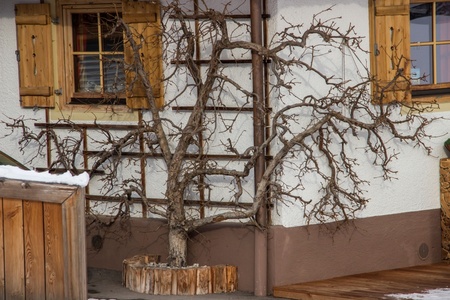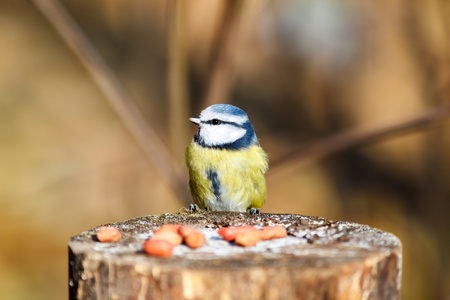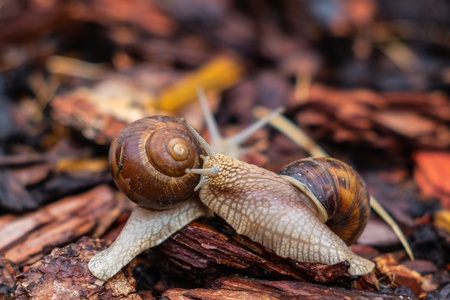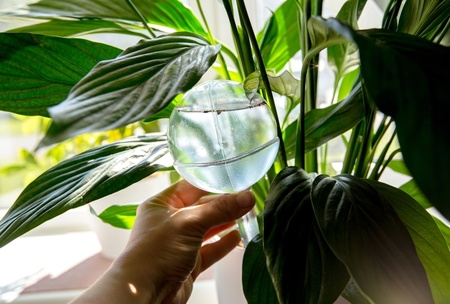
Divide congested clumps of perennials during autumn and you’ll give them a new lease of life, rejuvenating them and improving future flowering.
Perennials are among the most useful plants in the garden, coming back year after year to give you a long season of brilliant colour for minimum effort. Look out for perennial favourites like hardy geraniums, hardy salvias, astrantias, daylilies, heleniums and rudbeckias on the plant benches here at the garden centre in Co. Limerick - there’s a dazzling selection to choose from, so you’re sure to find something you like.
After about three or four years, though, most perennials become a little crowded and stop flowering at their best. This is easy to put right: just split them up into three or four new clumps to keep them young and growing on strongly.
Towards the end of the year, once your perennial has finished flowering, cut back the top growth to about 10cm above the ground and then use a garden fork to loosen the soil around the clump. Ease out the whole clump carefully, trying to keep the root ball as intact as possible.
Next, divide the clump up into several pieces, each with some roots and shoots attached. You can pull smaller clumps apart with your hands, but very dense clumps will need cutting apart. Saw through the clump with an old breadknife, or cut through it with a spade: another useful technique is to insert two garden forks back to back through the middle of the clump, then lever them apart to pull the clump apart as well.
Save the chunks the outer edge of the clump, as these will be youngest and most vigorous. Boost the soil by forking in compost or well-rotted farmyard manure, before replanting the new sections 20-30cm apart. Water in well and they’ll bounce back, newly invigorated, next spring.




